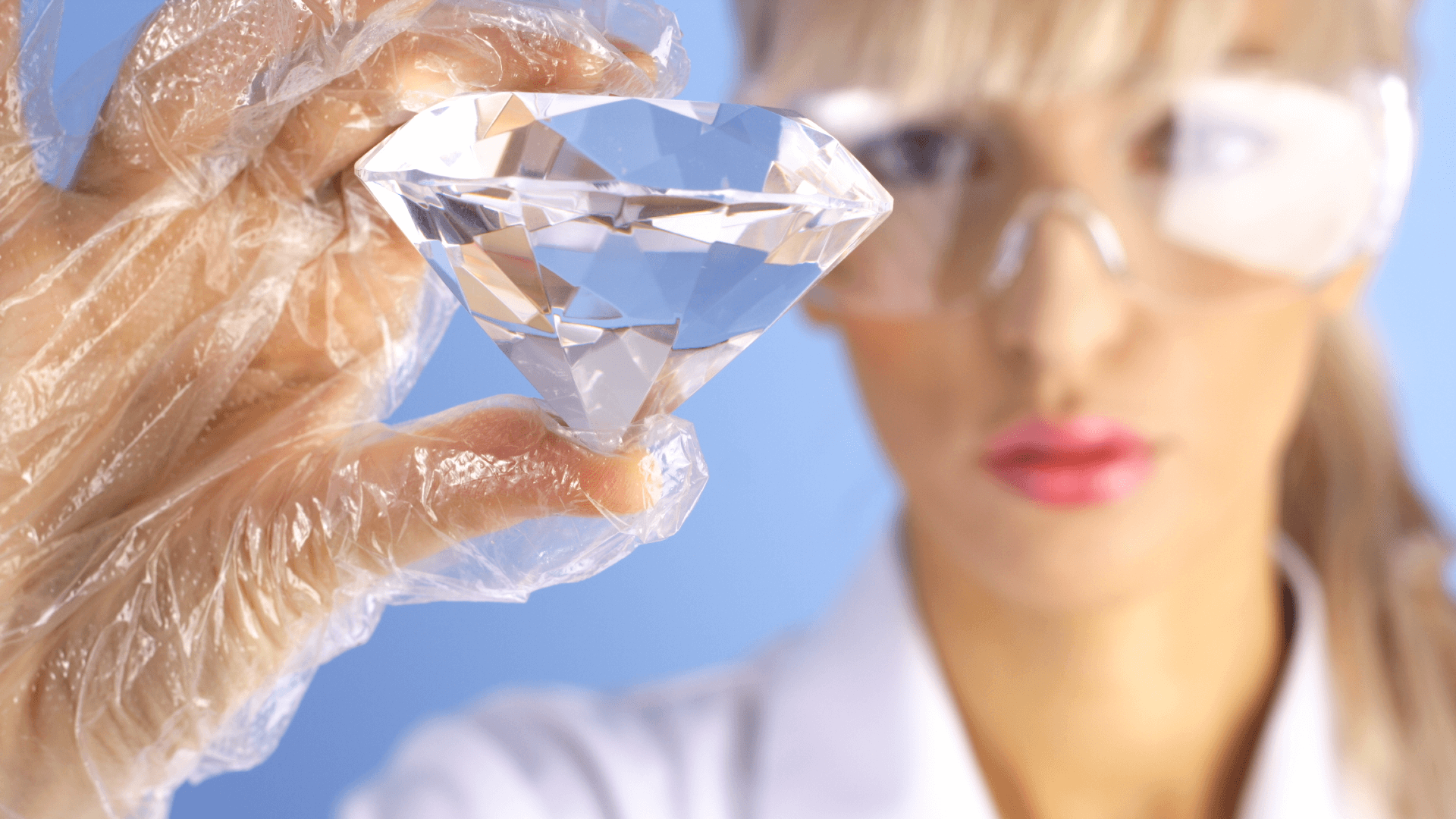
Are Lab-Created Diamonds Real Diamonds?
Are Lab-Created Diamonds Real Diamonds?

Let’s cut right to the chase: Yes, lab-created diamonds are real diamonds.
Whether a diamond comes out of a lab or the earth, the chemical makeup is the same, and so are the optical properties, such as color and clarity. Learn more about the difference between lab-created and real diamonds (or lack thereof) below as well as why many people are opting for lab-created diamonds in their jewelry.
What Is a Lab-Created Diamond and How Is It Made?
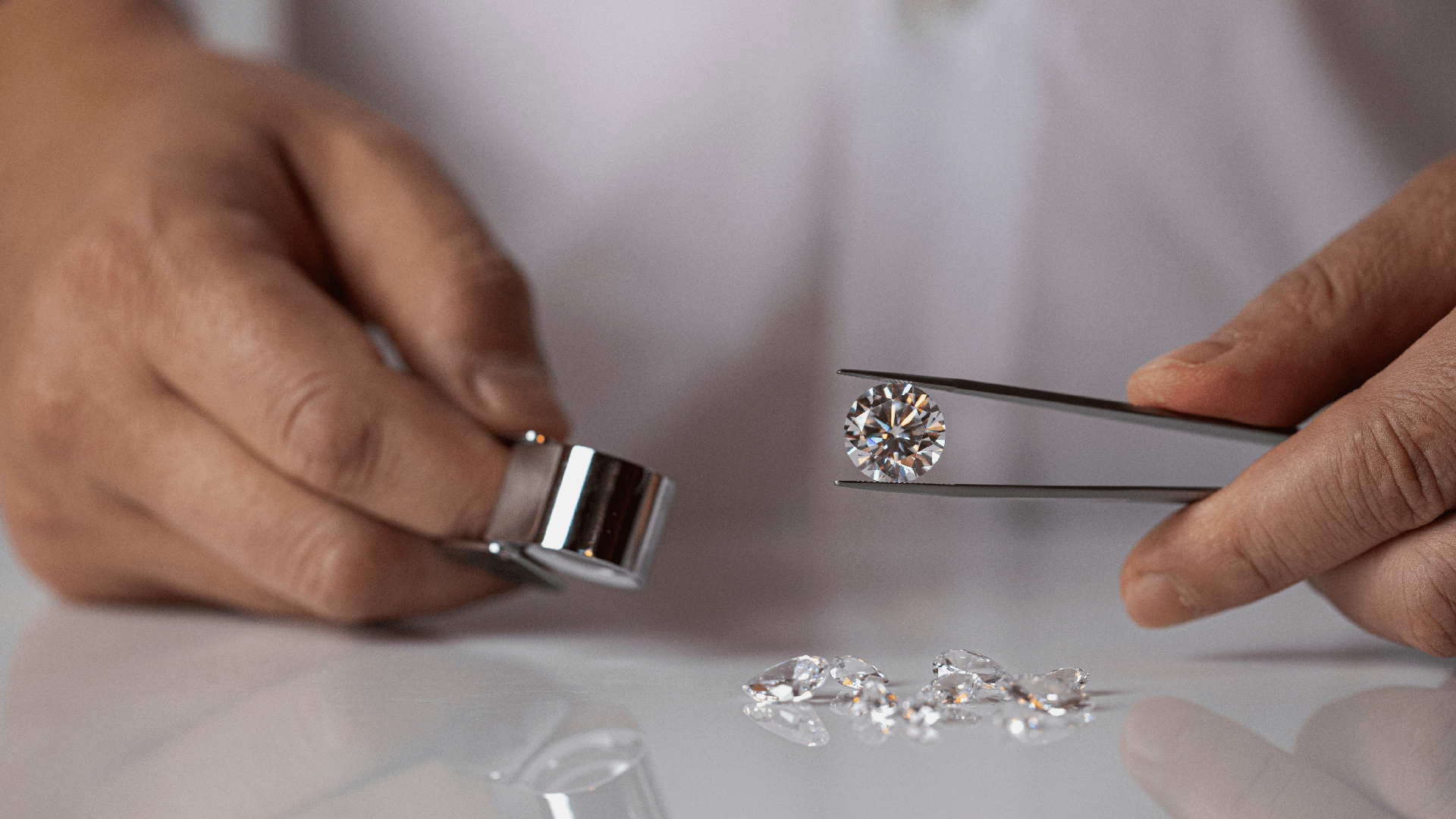
A lab-created diamond is one that’s grown in a lab instead of via natural forces in the earth. Two processes are used to grow lab diamonds:
- High Pressure-High Temperature (HPHT). This process starts with a paper-thin sliver of a diamond known as a diamond seed. The seed is placed into carbon, and high pressures are applied to the entire package. That pressure melts the carbon, which forms a crystal around the seed. Eventually, a mature diamond is created through this process.
- Chemical Vapor Deposition (CVD). This process also begins with a seed, which is placed in a chamber with carbon-rich gas. High heat is used to ionize the gas, and the pure carbon in the chamber begins to crystalize. Those crystals stick to the seed.
How Long Does It Take to Make a Diamond in a Lab?
It takes around eight weeks to make a diamond in a lab. That’s true whether HPHT or CVD is being used. Compare that to the formation of a diamond naturally, which can take 1 to 3.3 billion years, and you can begin to see the allure of lab-created diamonds.
The diamonds found and mined today were formed millions or billions of years ago in the earth’s core. They make their way to or near the surface, where they can be mined, during geologic movement such as volcanic eruptions.
Can Someone Tell a Lab-Created Diamond by How It Looks?
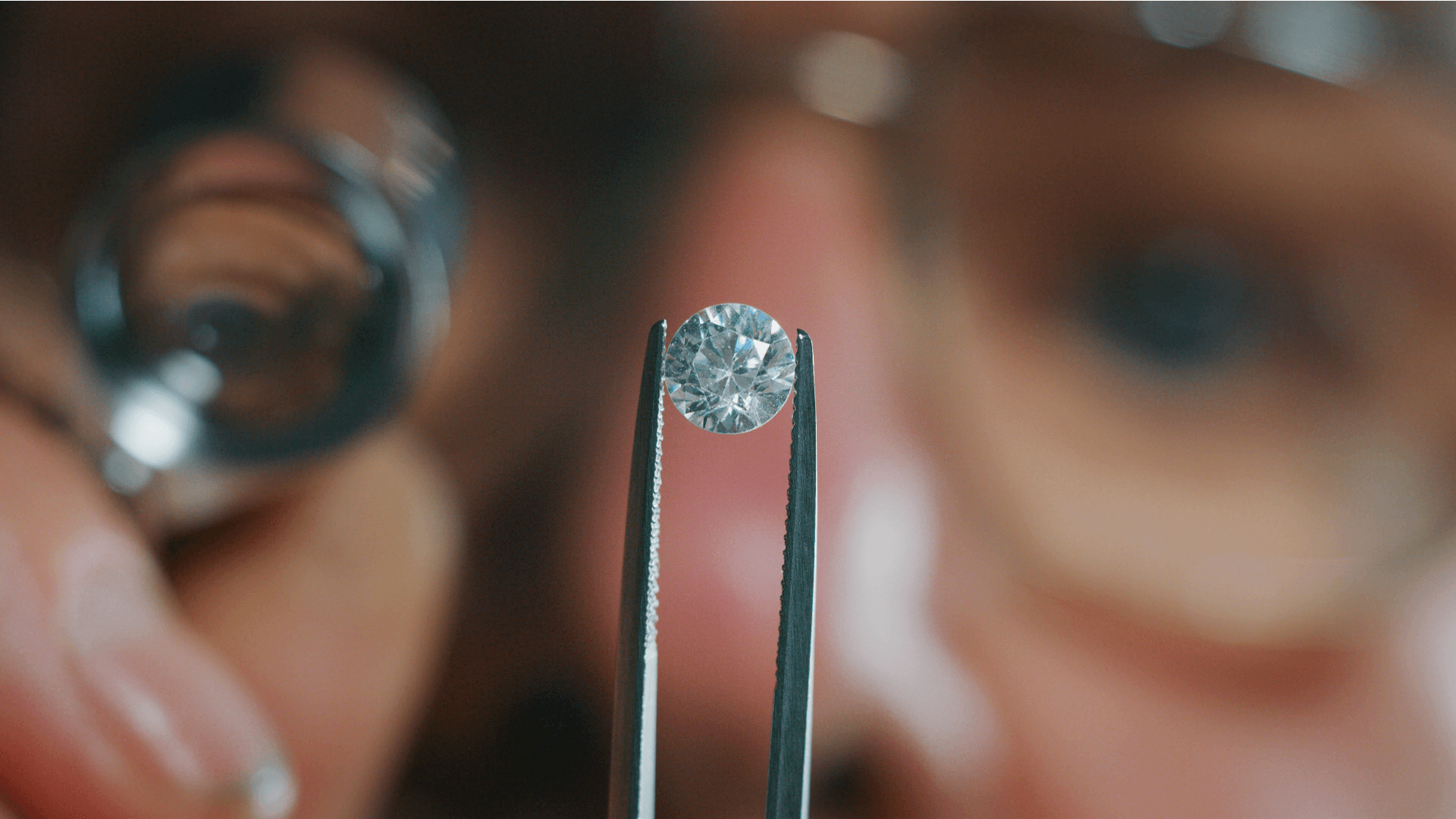
To the naked, untrained eye, lab-created diamonds look the same as naturally created diamonds. A trained jeweler may be able to identify a lab-created diamond via a microscopic “LG” inscription that’s made on the base of any lab-created diamond. The fact that an inscription is necessary demonstrates how closely these types of diamonds appear visually.
Are Lab-Created Diamonds Graded Differently?
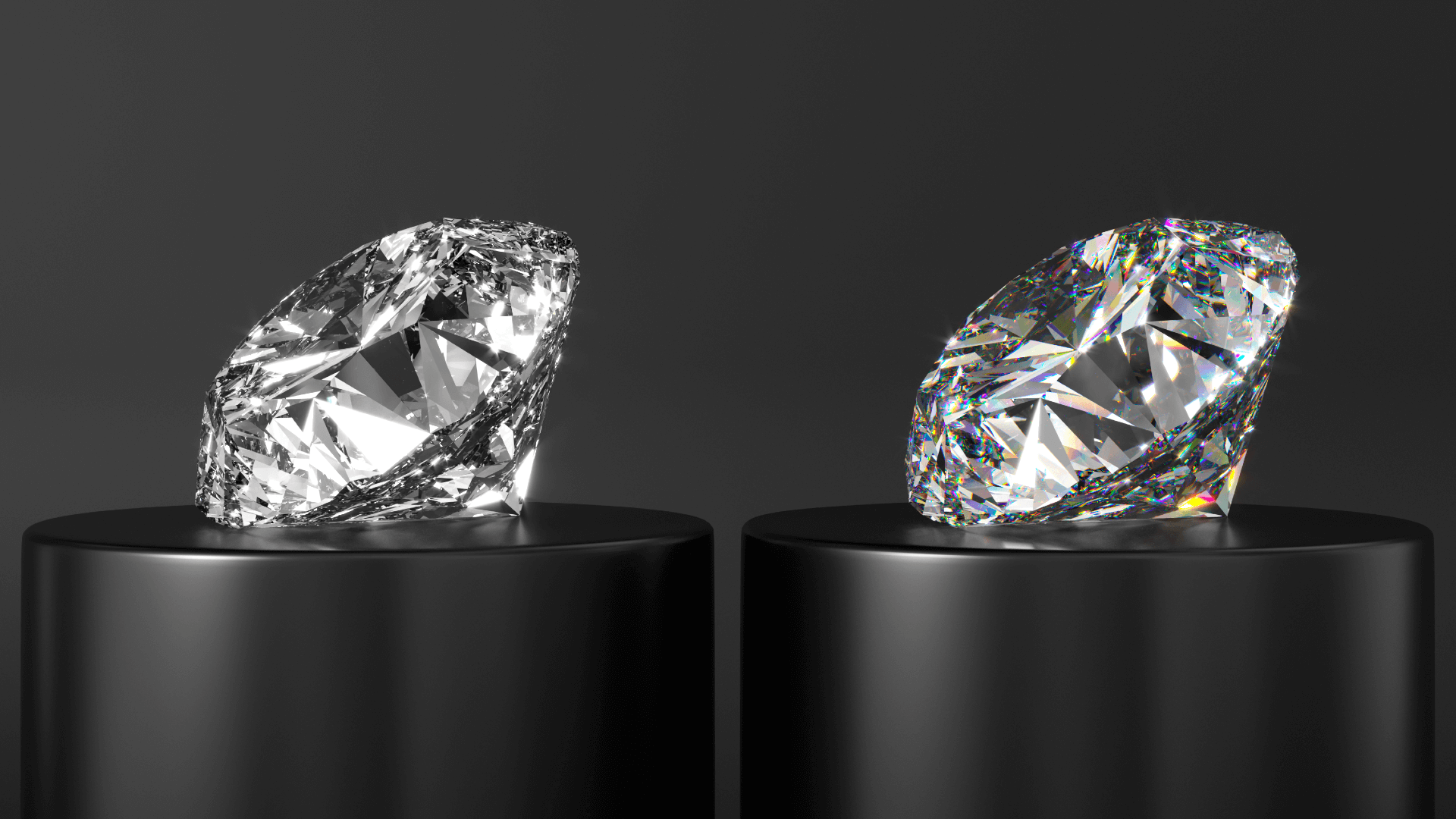
No. Because they are real diamonds — with all the visual, structure and chemical properties of any diamond — lab-created diamonds are graded using the same measures as naturally created diamonds. That means the 4 Cs are used:
- Carat: The weight of the diamond
- Cut: The quality of the cut and how it impacts the diamond’s sparkle and brilliance
- Clarity: A grade on how free the stone is from blemishes and imperfections
- Color: A grade of how free the diamond is of color
Pros and Cons of Lab-Created Diamonds
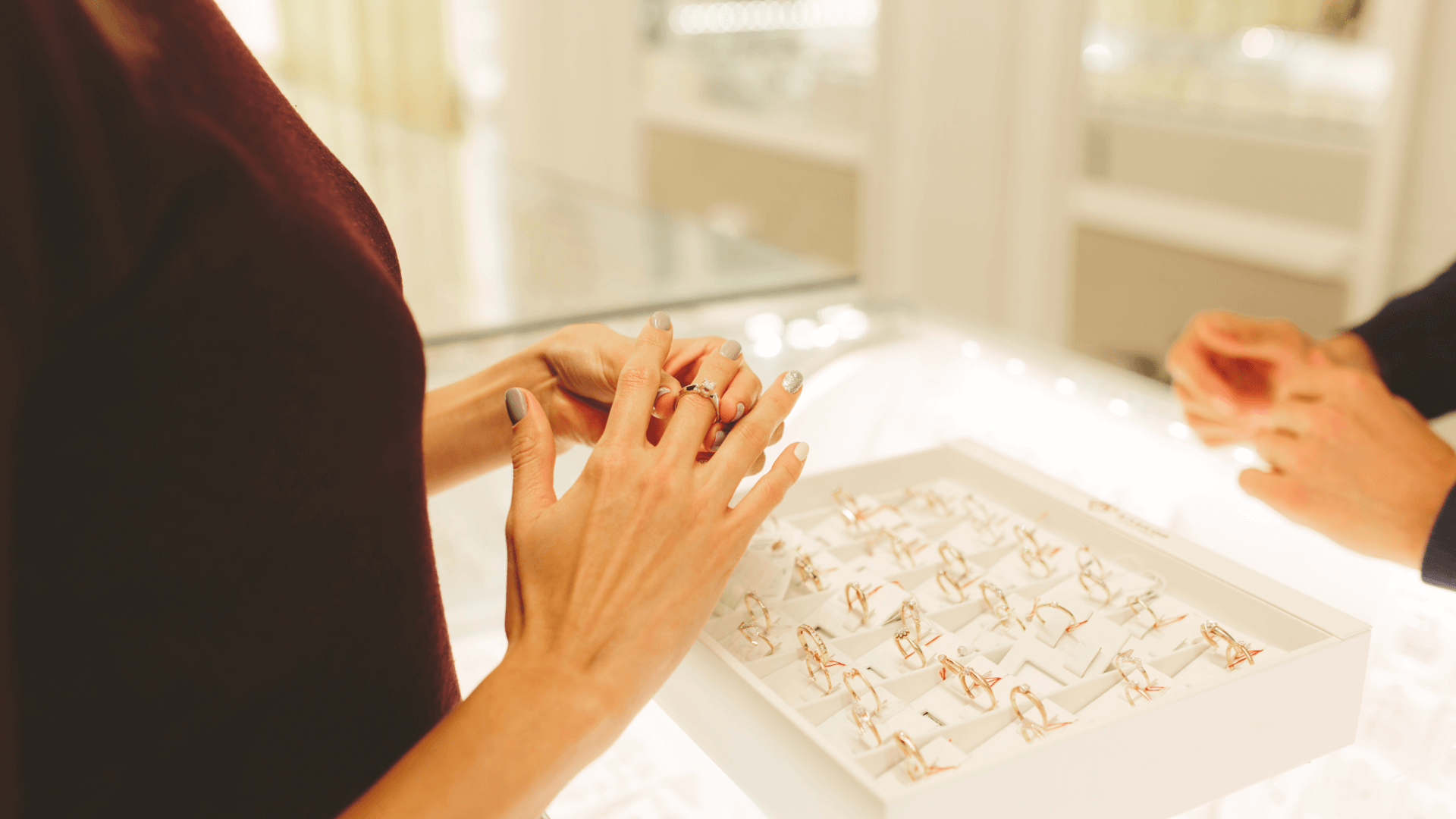
If you’re in the market for diamond jewelry or an engagement ring with the traditional sparkling stone, you might want to know the benefits and downsides of lab-created diamonds.
Benefits of Choosing Lab-Created Diamonds
First, lab-created diamonds come with all the beauty, quality and durability of natural diamonds. That’s because, as previously stated, lab-created diamonds are real diamonds. Here are some benefits of choosing them:
- You get the beauty of diamonds. Lab-created diamondspossess the same incredible sparkle, brilliance and fire of their natural counterparts. They also come in a variety of sizes and shapes, including round, cushion, emerald and oval.
- You get the quality and durability of diamonds. Lab-created diamonds are the real deal, offering the same physical and chemical properties as natural diamonds. They are graded and certified by the same gemological labs to ensure their worth, and they last just as long, providing you with a timeless treasure.
- You can enjoy savings over naturally created diamonds. Because lab-created diamonds skip the mining process, fewer steps are involved in the supply chain, and that leads to reduced cost to bring the diamond to market. That savings is passed onto you. You’ll find that lab-created diamonds are more affordable — often 20-30% less costly than natural diamonds — offering greater value per carat.
- You can purchase with peace of mind. For every carat of diamond mined, nearly 100 square feet of land is disturbed and almost 6,000 pounds of mineral waste is created. In addition, mined diamonds result in one injury for every 1,000 workers annually, but lab-grown diamonds result in zero. Lab diamonds are an ethically sourced alternative to natural diamonds. They typically use fewer resources to create than natural diamonds require to mine, and they are free from the social conflicts associated with diamond mining.
The Downsides of Lab-Created Diamonds
Some people point to the energy resources required for the eight-week lab-growing process and say that lab-created diamonds are not really eco-friendly. However, labs can use various clean energy processes, and buyers can do their homework to purchase lab-created diamonds from companies that make an effort to control carbon footprints. With a mined diamond, there isn’t a lot that can be done to change the environmental impact in many cases.
Perhaps a bigger downside to buying a lab-created diamond is that it’s not as intrinsically valuable as a naturally grown diamond. There’s something about a diamond that has grown for billions of years in the earth that’s organic and rare, and some people prefer to purchase those types of diamonds for what they perceive as significance associated with the miracle of nature that grew it.
Should You Choose a Lab-Created Diamond?
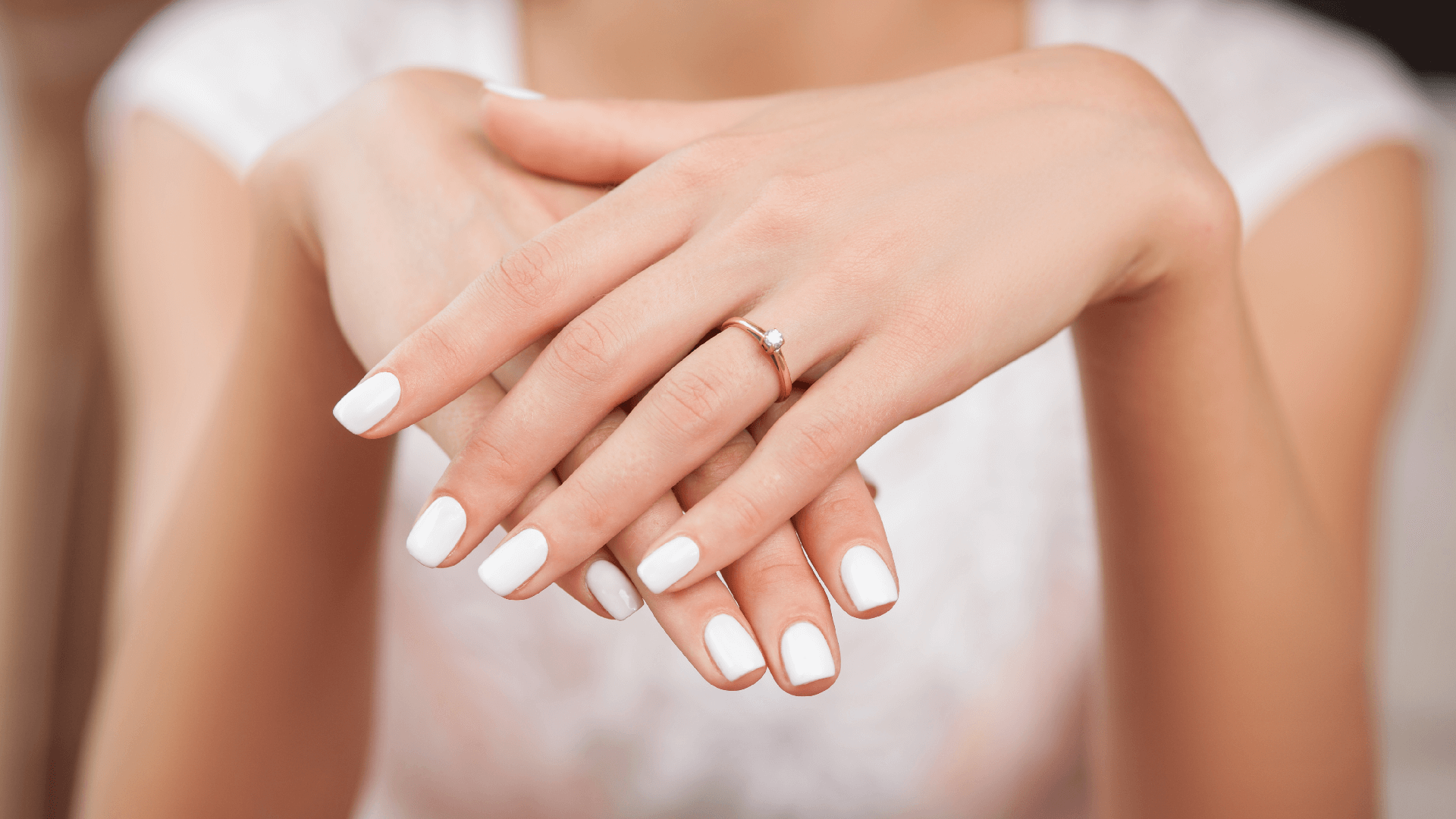
Because lab-created diamonds come in all varieties of naturally occurring diamonds, one isn’t better than the other in a practical sense. Almost all diamonds, for example, have inclusions. And all certified diamonds, whether lab-created or nature-formed, are rated on their carat weight, cut, clarity and color.
Choosing between lab-created and natural diamonds comes down to your personal preferences, budget and concerns about ecological footprints. No matter which choice you make, you can find a stunning diamond to fit the type of jewelry you want and no one but your jeweler will be any wiser.
And you don’t have to make an all-encompassing diamond choice today. You might opt for lab-created diamonds for an everyday pair of diamond stud earrings but splurge on a natural diamond for an engagement ring. Whatever you decide, the most important factor in choosing a diamond is the love it represents.


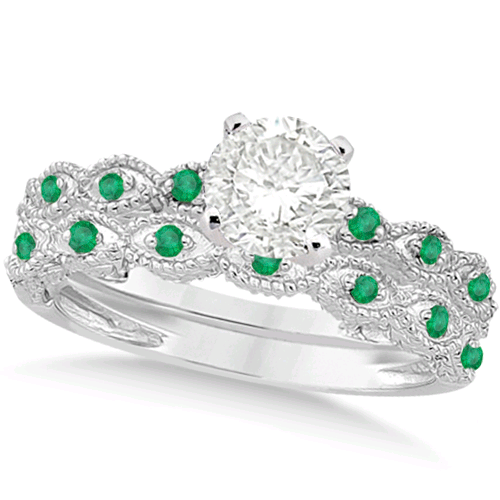
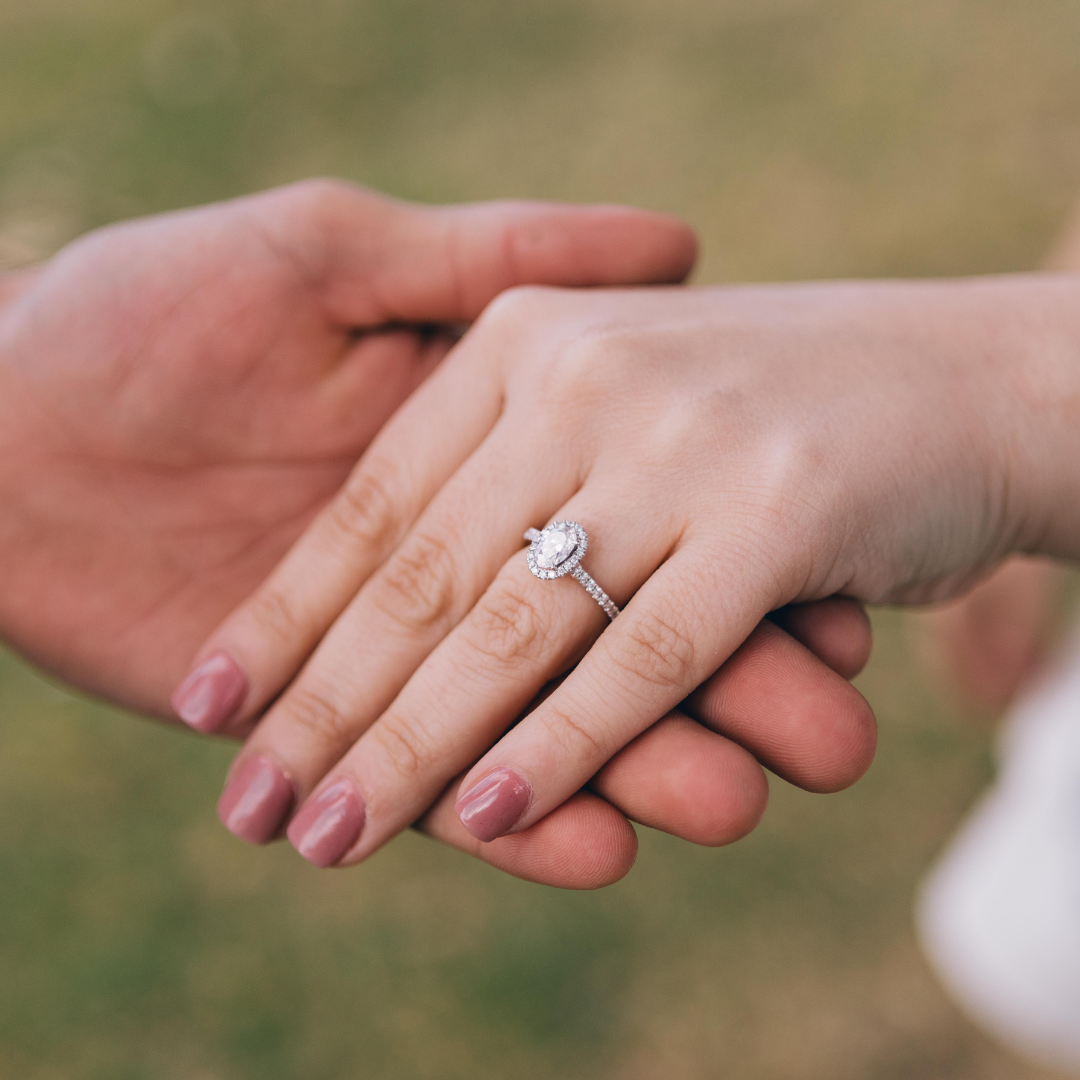
POST COMMENT